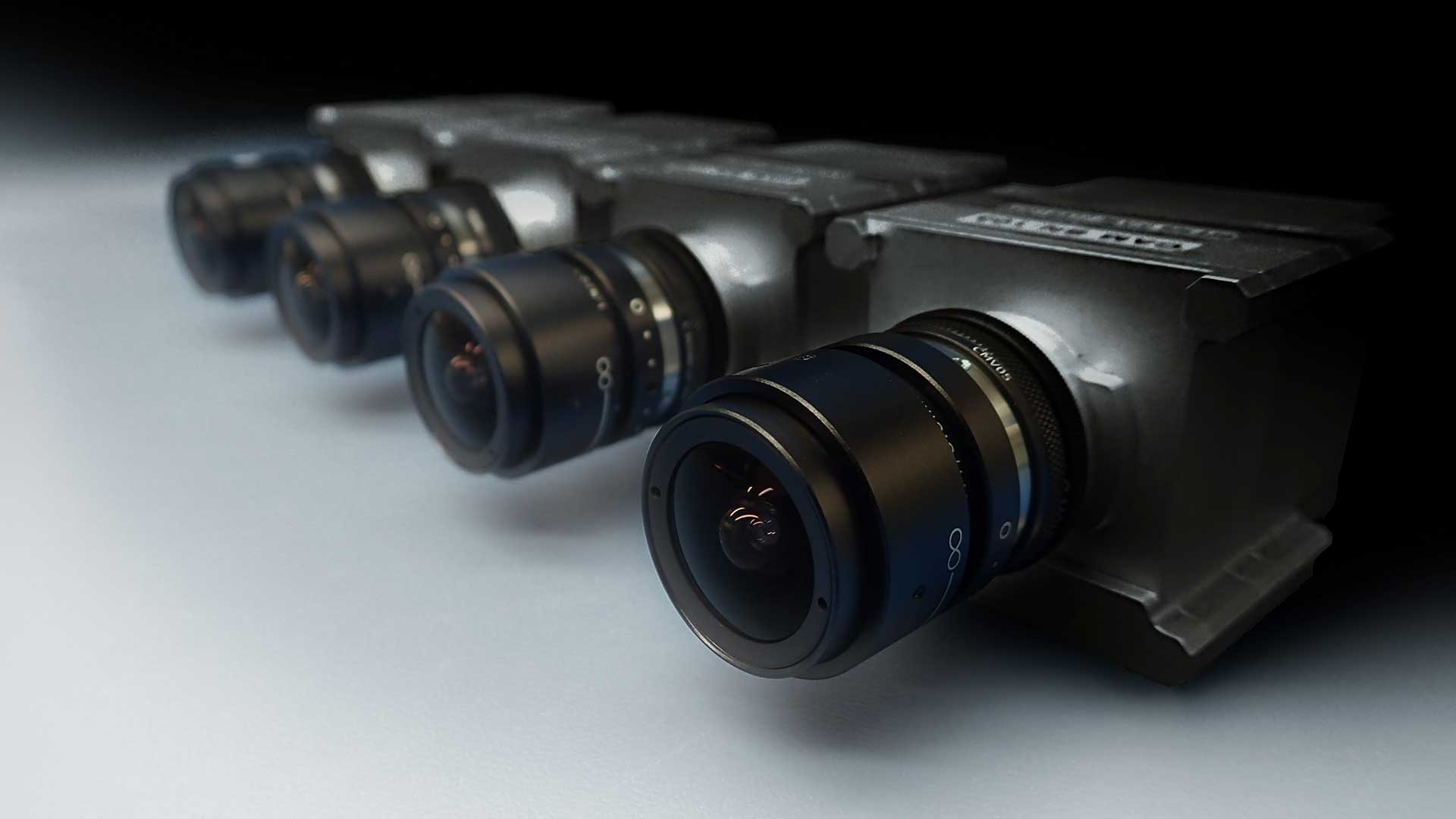- Sectors
- Aerospace & Defense
- Big science
- Biotechnology
- Fintech
- Insights

Satellite camera systems have made valuable contributions to our understanding of space technology and of the natural world, providing great insights and information during space missions about rockets and spacecraft, our planet, the Moon, our solar system and the vast universe. These sophisticated instruments have come a long way since their inception, and their evolution has been nothing short of remarkable. In this guide, we will delve into the world of satellite camera systems, exploring their types, advanced features, and use cases in the space sector.
The journey of satellite cameras began in the 40’s, and their development has been closely tied to the advancements in technology. Early satellite cameras were relatively simple film-based cameras, capturing low-resolution images of Earth’s surface for scientific and military purposes. However, as technology progressed, so did the capabilities of these imaging systems. The introduction of digital avionics and imaging sensors and the miniaturization of components led to the development of more powerful and versatile satellite cameras.
In 1946, V-2 rocket became the first object to take a photograph of the Earth from outer space. The first full view of the far side of the Moon (with significant quality), was taken by Luna 3 in 1959. Today, technology in sensors, optics, software and processors have evolved and space cameras are capable of capturing images in different spectral bands, including Visible (SD, Full HD, 4K), LWIR, SWIR, VNIR, and Cooled MWIR, depending on the purpose of the mission.
Space camera systems can be broadly classified into four main categories based on their use cases. Imaging systems must overcome the most demanding tests to verify its quality and correct integration and performance.
Optical payloads or cameras on board satellites play a crucial role in Earth observation space missions. These camera systems are equipped with advanced imaging sensors and lenses that enable them to capture detailed images of our planet from space.
Optical payload cameras are specifically designed for capturing high-resolution images of Earth’s surface for various applications such as scientific research, environmental monitoring, urban planning, defense and disaster management.

The integration of imaging and video cameras onboard rockets, satellites and other space platforms like the International Space Station (ISS) is widespread. The main goal is to verify the performance of various system elements and events on launchers such as rocket staging, fairing deployment and spacecraft ejection, and operations on satellites such as antenna and solar panel deployment, sensor mechanical operation and subsatellite ejection. Such systems on ISS are also used to monitor robotic arm operations and cargo and crew vehicles coming and going. For both rockets and spacecraft, onboard imagers also capture nearby phenomenology such as rocket plume effects, and awareness of far-away objects such as other satellites.
Space exploration missions are those in which the international scientific community collects data and information to investigate and learn more about our Moon, other planets and moons, asteroids and comets, the Sun, galaxies and nebulae, etc. For this type of mission, custom-designed cameras, sensors and systems onboard satellites, landers and rovers collect a wide variety of data which are processed and manipulated to produce information and knowledge. For example, the Perseverance rover, which has been collecting data on Mars since 2020, is equipped with 23 cameras focused on engineering and science tasks.
Space imaging and video systems are also a very important tool for generating information and insights for security and defense purposes. Governments and armed forces rely on this crucial information for monitoring the activity of adversaries, during warfighting and in support of natural disaster assessment and response planning and other civil emergencies.
When it comes to space missions, reliability and durability are of utmost importance. Flight-proven and rad-hard camera systems are specifically designed to withstand the harsh conditions of space, including extreme vibration and temperatures and radiation exposure. These cameras have a space heritage, meaning they have been successfully used in previous space missions. Their robust construction and radiation-hardened components ensure that they continue to function flawlessly in the demanding space environment.
Depending on the type of mission and its requirements, the product grades for the operation of the system is determined: high-rel & rad-hard, rad-tolerant or standard level.
When selecting a satellite camera for a specific mission, several factors need to be considered. The first are the mission requirements, including intended use and duration of use, number of desired views, the desired field of view and resolution, spectral bands, and imaging capabilities such as frame rate and image compression. The second is the reliability and durability of the camera system, the level of which is typically driven by how critical the system is for mission success, and where the host platform will be operated and for how long. Finally, the cost and availability of the camera system components also play a significant role in the decision-making process.
As technology continues to advance at a rapid pace, the future of satellite camera technology looks promising. One of the key trends is the miniaturization of cameras for smaller satellites (mass, power or size). Additionally, there is a growing interest in the development of AI-powered image processing techniques, which can enhance the quality and usefulness of images captured by satellite cameras. Furthermore, advancements in sensor technology, such as the development of new spectral bands and higher sensitivity detectors, will further expand the capabilities of satellite cameras.
Satellite camera system have enhanced our understanding of the engineering aspects of rockets and space vehicles and revolutionized our understanding of the solar system and vast universe. They remarkable instruments have become an integral part of space-mission engineering and space exploration and have proven their worth time and again. As technology continues to evolve, we can expect further advancements in satellite camera technology, opening up new possibilities for providing technical awareness of our space systems and exploring the mysteries of the solar system and cosmos.
Discover more here about satellite camera systems for Space!